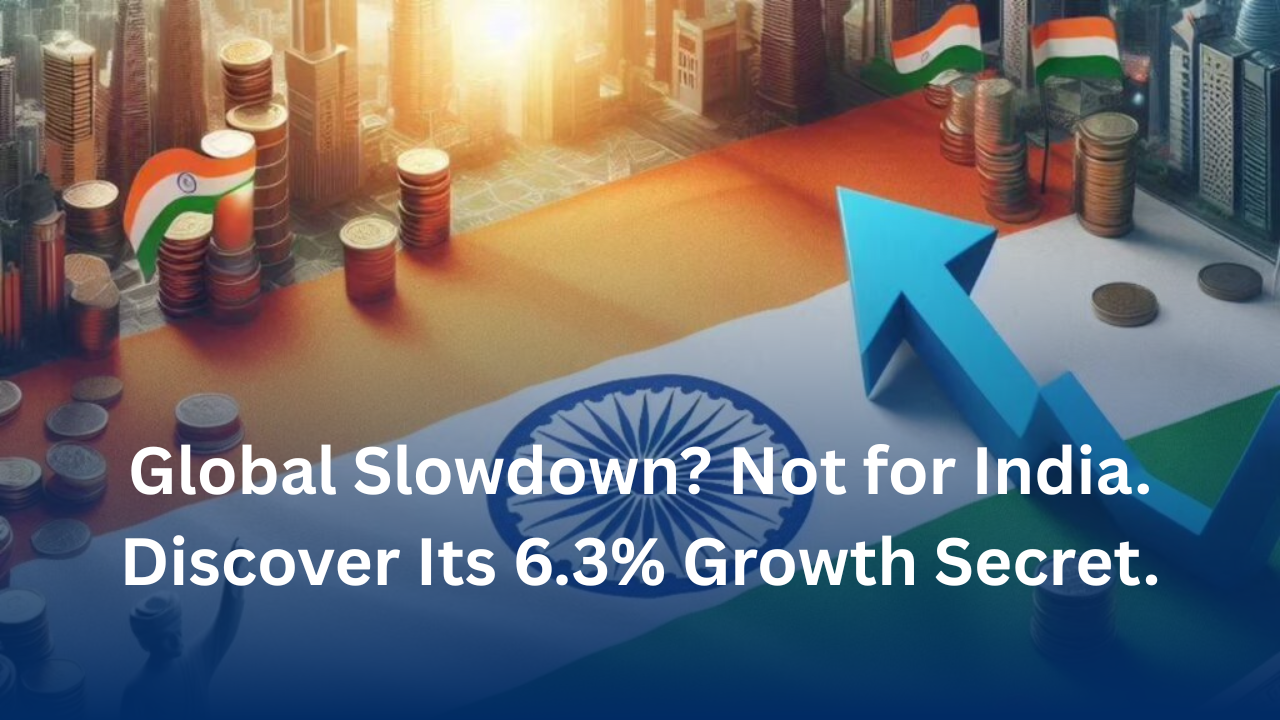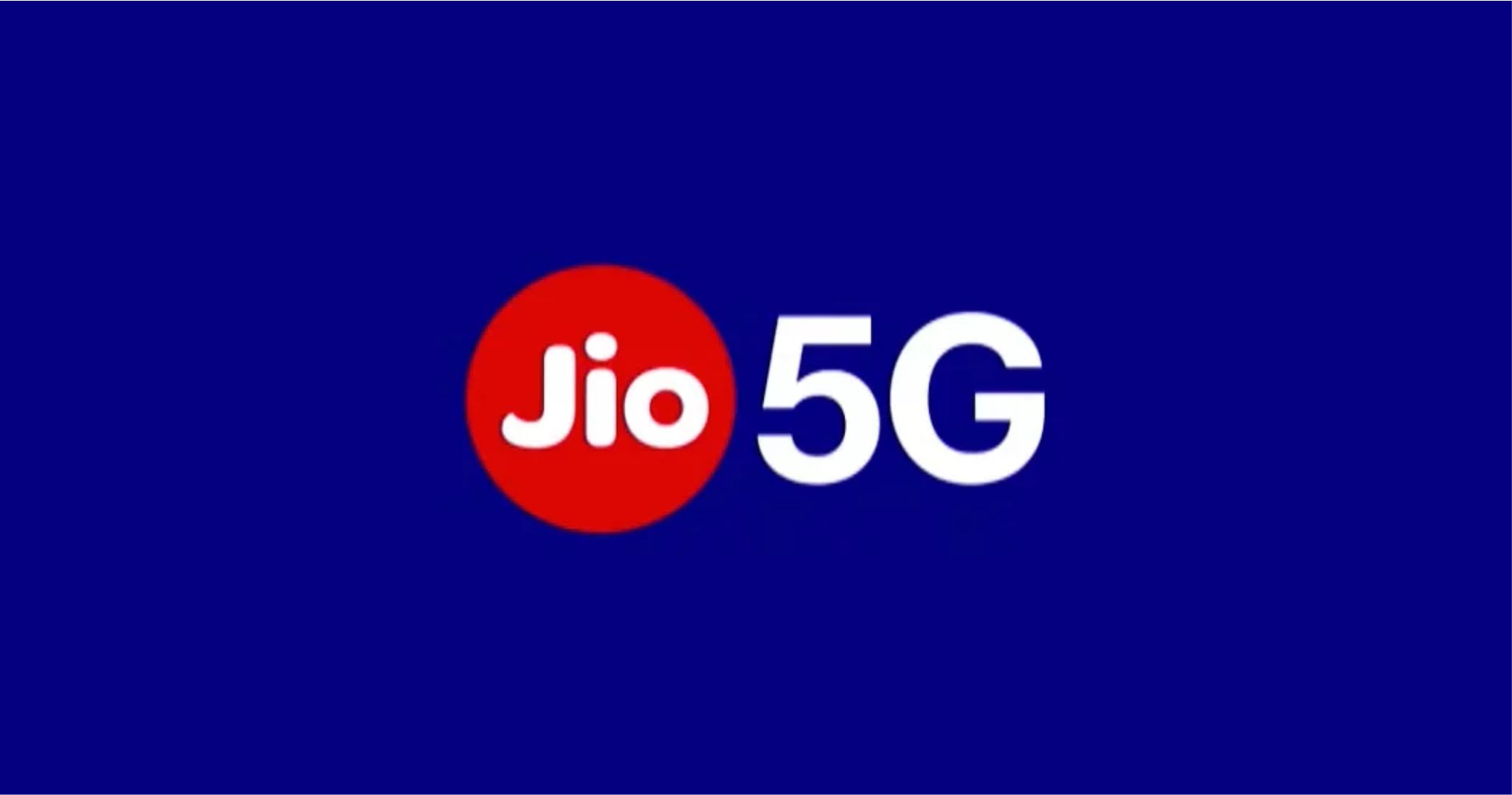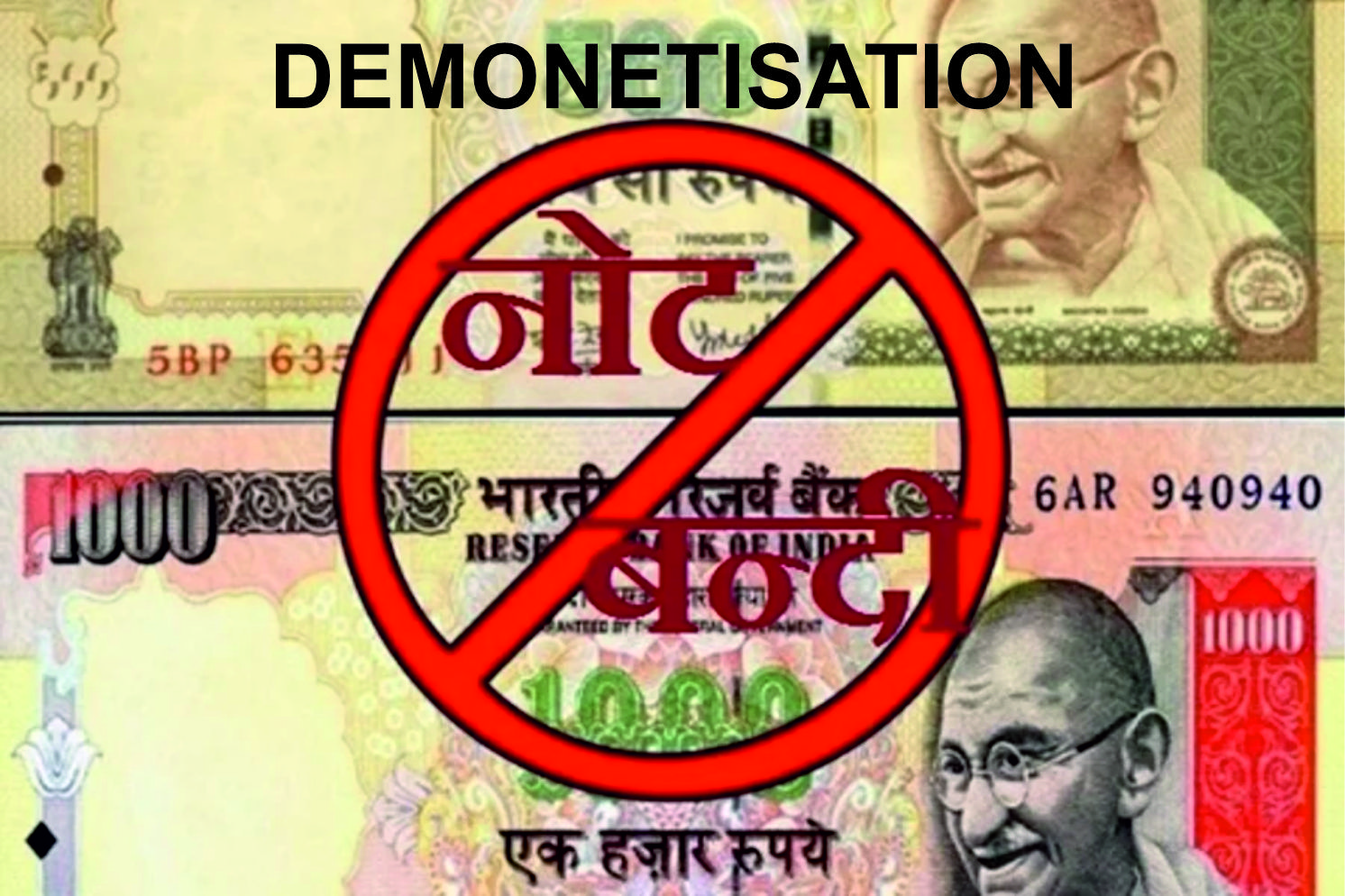India's Enduring Strength: World Bank Predicts Robust 6.3% Growth Amid Global Economic Gloom

Mumbai, India – June 12, 2025 – In a global economic landscape increasingly shadowed by slowdowns and uncertainties, India stands out as a beacon of resilience. The World Bank, in its latest "Global Economic Prospects" report, has projected India's economic growth at 6.3% for the Financial Year 2025-26. This forecast, while a slight moderation from earlier estimates, solidifies India's position as the fastest-growing major economy worldwide, a testament to its strong fundamentals and strategic policy interventions.
The Global Economic Picture: A Sobering Reality
The World Bank's report paints a cautious picture for the global economy. Heightened trade tensions, escalating policy uncertainties, and subdued investment are expected to drive global growth down to its slowest pace since the 2008 financial crisis (excluding outright recessions). Global growth is projected to slow to 2.3% in 2025, nearly half a percentage point lower than anticipated at the start of the year. This widespread turbulence has led to growth forecasts being cut in almost 70% of all economies across various regions and income groups.
Advanced economies are particularly facing headwinds, with growth expected to decelerate significantly. The ripple effects of these global challenges, including weaker demand from key trading partners and rising trade barriers, are inevitably felt across developing economies.
India's Resilience: A Deep Dive into the Drivers
Despite the bleak global outlook, India's economy remains remarkably robust. The World Bank's consistent forecast of 6.3% growth for FY26 underscores several key factors contributing to this resilience:
- Robust Domestic Demand: A significant portion of India's GDP is driven by domestic consumption. A growing middle class, increasing urbanization, and rising per capita income create a resilient consumer base that effectively cushions the economy from external shocks. This strong internal demand acts as a crucial buffer when global trade weakens.
- Steady Growth in Services and Construction: Even as industrial output growth has seen a slight deceleration, the services and construction sectors have maintained steady momentum. The recovery in agricultural output from previous drought conditions, supported by resilient demand in rural areas, further bolsters this domestic strength. These sectors are vital for job creation and income generation.
- Government-Led Capital Expenditure: The Indian government's sustained focus on capital expenditure, particularly in infrastructure development (roads, railways, energy, and digital infrastructure), continues to provide a significant boost to economic activity. This public investment has a strong multiplier effect, crowding in private sector investment and stimulating growth across various industries.
- Demographic Dividend: India remains in its "demographic sweet spot" with a large and young working-age population. This expanding labor force contributes to both demand and productivity gains, providing a structural advantage for sustained economic growth.
- Ongoing Reforms and Policy Momentum: Continuous reforms aimed at enhancing formalization, improving ease of doing business, and strengthening fiscal frameworks (like the Goods and Services Tax, Insolvency and Bankruptcy Code, and digital public infrastructure such as UPI and Aadhaar) have boosted productivity and compliance, contributing to a more efficient economy.
Looking Ahead: Navigating Risks and Seizing Opportunities
While India's outlook remains optimistic, the World Bank's report also flags potential risks. Dependence on oil imports exposes India to global energy price shocks, and a relatively weaker export sector could limit the benefits from any future global recovery phases. Fiscal pressures could also rise if subsidies increase due to electoral considerations.
However, the ongoing policy momentum, coupled with the inherent strengths of domestic demand and a young population, positions India favorably to navigate these challenges. The emphasis on mobilizing domestic revenues, prioritizing fiscal spending for vulnerable households, and strengthening fiscal frameworks will be critical for maintaining economic stability and sustaining the growth trajectory. India's ability to forge strategic trade and investment partnerships and diversify its trade avenues will also be crucial in mitigating risks from rising global protectionism.
Conclusion:
The World Bank's forecast for FY26 reaffirms India's compelling economic narrative. While the global economy braces for a challenging period of slow growth, India's resilience, driven by robust domestic demand, strategic government investments, and a favorable demographic profile, sets it apart. This outlook not only highlights India's potential to continue as a global growth engine but also underscores the importance of prudent policymaking and continuous reforms to capitalize on its inherent strengths and build a more inclusive and resilient economy.



 192
192

 The BharatBiz
The BharatBiz
 16
16

